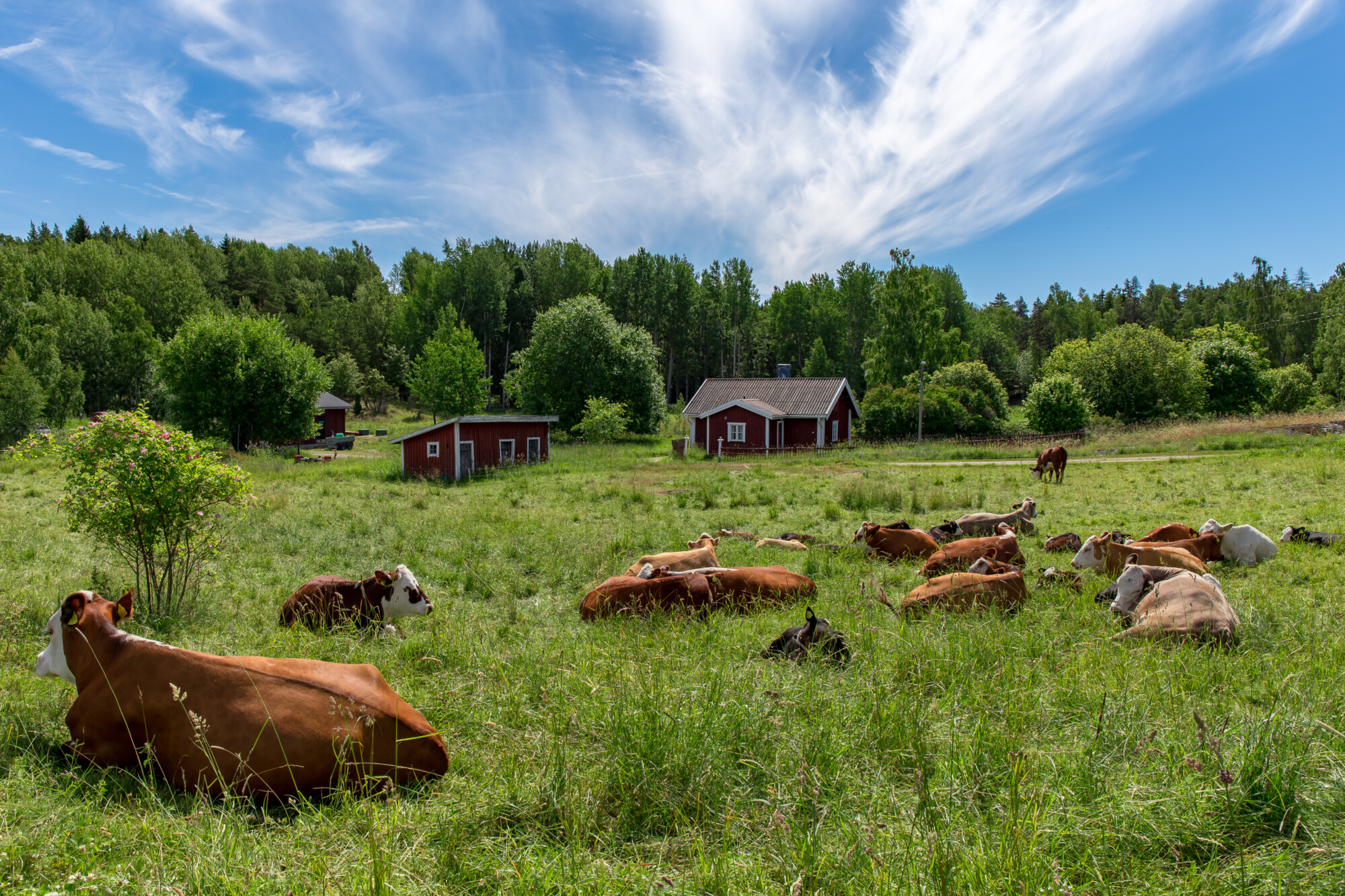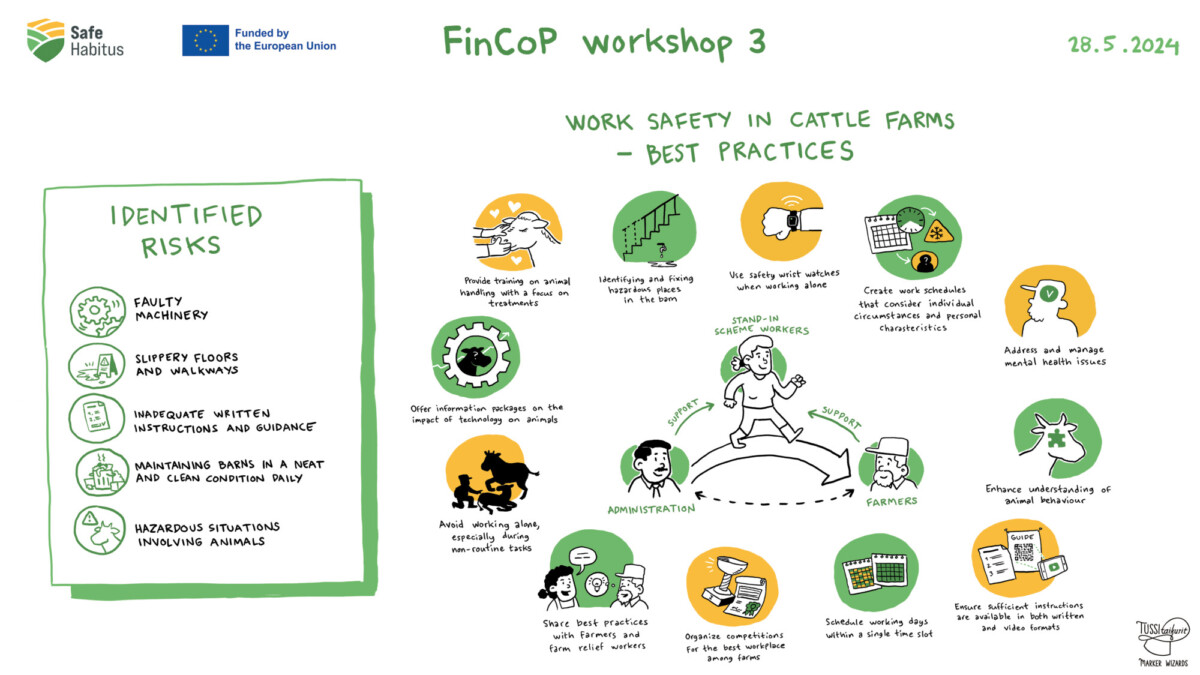
Savonia Article Pro: Farm’s Holidays and Stand-in Scheme: A Lifeline for Agriculture
Savonia Article Pro is a collection of multidisciplinary Savonia expertise on various topics.
This work is licensed under CC BY-SA 4.0
In 2023, Finland celebrated 50 years of its farm’s holidays and stand-in schemes, a system rooted in trust and collaboration. These programs provide farmers with essential breaks, while trained stand-ins ensure farm operations run seamlessly. Recognizing this milestone, the FinCoP SafeHabitus team organized a workshop on May 28, 2024, dedicated to addressing challenges and opportunities within these schemes. This workshop highlighted the importance of adapting the system to meet modern demands, ensuring it remains a vital support structure for Finnish agriculture.
Supporting Farmers for Five Decades
Introduced in the 1970s, the holiday relief system aimed to support farmers in achieving work-life balance. By 1997, 36,000 farms participated. However, by 2023, this number had dwindled to 7,849, reflecting changes in the agricultural landscape. Municipal services support most users, primarily dairy (60%) and beef farms (25%). Larger farms frequently self-organize, with beef farms constituting 30% of these arrangements.

Stand-ins: Essential Yet Challenged
Stand-in workers are the backbone of these schemes, but they face significant hurdles. In 2023, 250 stand-ins reported workplace accidents, leading to 6,705 absence days—1.6% of all service days. While 54% of workers are dedicated to a single farm, others juggle up to 30, amplifying risks associated with long commutes and solo work.
Recruitment is a persistent issue. In North Savo – one of the regions in Finland, nine permanent stand-in roles remained unfilled, hindered by perceptions of low pay and challenging conditions. Additionally, a declining number of farmers reduces service days, impacting administrative funding.
Survey Insights and Safety Recommendations
A survey (sample size: 160) of stand-in workers designed and run by Mika Repo, Savonia, predominantly experienced professionals over 50, revealed high-risk activities like animal handling, milking, unexpected barn circumstances, and fatigue-related tasks. To address these risks, the workers suggested improving equipment and facilities, ensuring farm surfaces are less slippery, and providing accessible, detailed instructions.
Farmers’ Keys to Stand-in Success
Farmers like Tiina Katainen emphasize that preparation and communication are vital for ensuring smooth transitions. Successful strategies include providing clear and detailed work instructions in written, visual, or video formats, as well as establishing robust contingency plans. Some farmers have innovated by using QR-coded video guides to facilitate quicker and safer training.

Enhancing Safety: Workshop Takeaways
Insights from recent workshops, including the May 28, 2024 event by FinCoP SafeHabitus, have outlined several critical steps for improving safety. Workers need a better understanding of animal behaviour to prevent accidents. Solo work should be avoided whenever possible, especially in emergencies, as it heightens risks. Hazards such as slippery surfaces and malfunctioning equipment must be promptly addressed. Additionally, sharing best practices among farmers and stand-ins can improve overall safety and efficiency. Finally, farming should be promoted as an attractive and safe career option, with recognition and competitions to highlight its rewards.

The Future of the Schemes
As agriculture evolves, these schemes must adapt to remain effective. Continuous training programs, competitive pay scales, and safer working conditions are essential to retain skilled stand-ins. By fostering collaboration and embracing innovative tools, Finland’s farm’s holidays and stand-in schemes can continue to support its farmers for generations to come.
Agnieszka Laherto
FinCoP SafeHabitus
Follow us on LinkedIn: FinCoP SafeHabitus